 Loading... Please wait...
Loading... Please wait...Free Shipping on orders over $500
Categories
12 Surgical Supplies and Accessories Every Operating Room Should Invest In
Posted on 01/01/2019 10:21:57
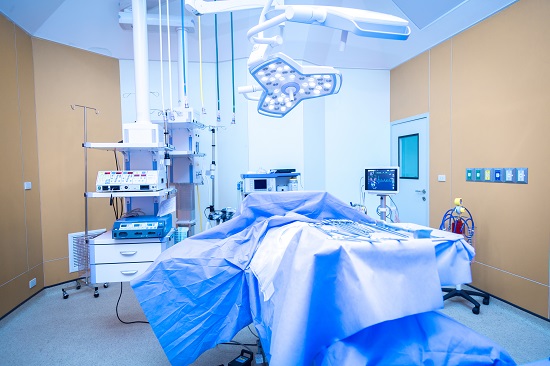
Whether you're setting up an operating room from scratch, replenishing surgical supplies, or accommodating a new member of the surgical team, making sure you have the right surgical supplies and accessories is a major undertaking – and an important topic that requires research.
There is a wide range of basic surgical medical supplies every health care facility's operating room should have in stock. Each item serves a particular purpose and makes it easier for your surgical team to perform at its highest level.
12 Surgical Supplies and Accessories for Every Operating Room
1. Surgical Tables and Accessories
2. Clamps
3. Patient Transfer Devices
4. Armboards
5. Disposables and Consumables
6. Equipment Covers
7. Restraint Straps
8. Head Supports
9. Anesthesia Screens
10. Surgical and Exam Lights
11. Power Backups
12. Surgical HD Cameras
Your operating room is a highly specialized work space, and its equipment needs are specific and high-quality. Keep in mind that you're supplying the team that will perform life-saving and life-changing procedures with the products you purchase. Without the right supplies and accessories, your knowledgeable staff may struggle to deliver the highest quality care and customer service or to bring about the most positive patient outcomes.
Below is a list of important surgical equipment and supplies every operating room and medical center should have. You should make sure these items are present in your operating room.
1. Surgical Tables and Accessories
One of the most basic pieces of surgical equipment your team needs is a high-quality surgical table and appropriate corresponding accessories. These are the foundation for making sure your team can perform every surgical procedure necessary with absolute confidence. You can find tables manufactured for a variety of surgical and medical needs – general, orthopedic, neurological or other surgical applications. Appropriate corresponding products include items like drain pans, hoops, screens and positioners, and even side extensions.
In addition, you may want to invest in arm and hand surgery tables. These surgery tools may not be right for every operating room, but if your facility performs a fair number of upper-extremity surgical procedures, your team may need them. They should be radiolucent-friendly to allow for imaging and be lightweight enough to support ease-of-use. In addition, look for options that have a support leg, which can be used according to the individual surgeon's needs.
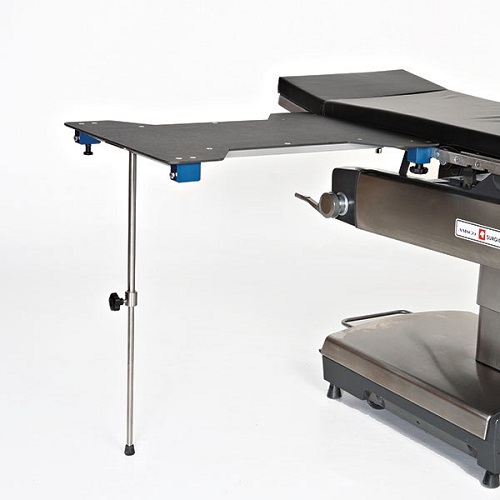
2. Clamps
Clamps are a basic accessory that make it possible for many other accessories – such as armboards, IV poles, and anesthesia screens – to attach to your surgical table. You may want to stock two types of basic clamps: round-post and flat-blade. Some clamps are designed to attach instantly and can fit any area of your table, while others only attach to specific areas of the table, so you'll want to research what works best for your team and the types of surgeries they are likely to perform.

3. Patient Transfer Devices
A sheet or board can suffice as a basic patient transfer device. You also should consider a patient transfer device with rollers, like a stretcher, can make it easier to transfer patients, while also keeping setup time reasonable. In fact, surgical stretchers may be crucial for some surgical procedures, including ophthalmologic, pediatric and bariatric. Stretchers can help patients stay comfortable while remaining accessible to the surgeon. You can ensure further comfort and versatility through various stretcher accessories. For heavier patients, air-assisted transfer devices make transfer smooth and easy – but you will have to factor in setup time for each use.
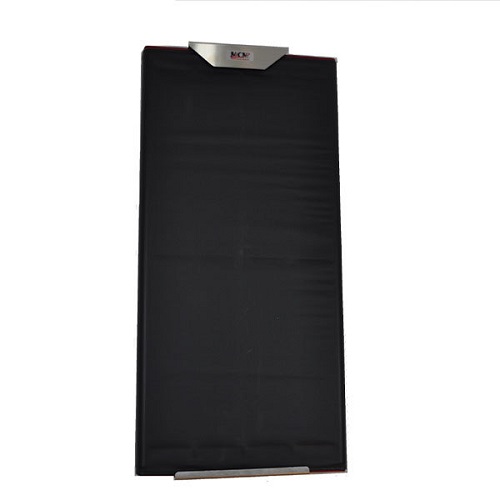
4. Armboards
Armboards can certainly be a medical necessity – perhaps one of the most important positioning devices a surgical team needs for any of its procedures. Armboards are simple in both function and design, but they offer invaluable positioning support for your team. One of the most comfortable options is a gel armboard positioner . These can be used for arms, elbows, hands, and other body parts. The gel armboard position and other gel patient positioners provide comfort and support for patients during a wide range of medical procedures.
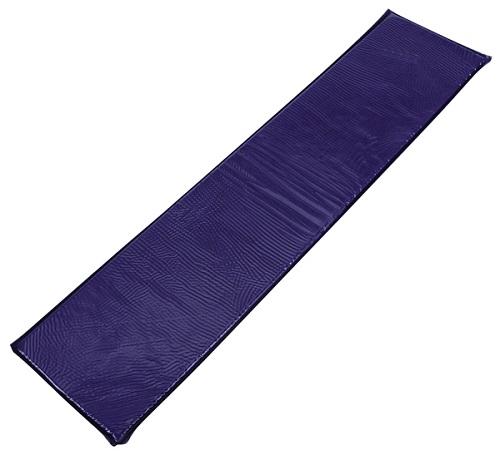
5. Disposables and Consumables
All operating rooms, including those in medical centers and surgery centers, need a sufficient collection of disposables and consumables like facemasks, surgical sutures, tissue adhesives, surgical dressings, gloves, and other supplies for wound care. Many of these supplies help safeguard your surgical team and your patients during procedures, and supplies should be replenished on a regular basis.
Many exemplary disposable and consumable products ranging from biohazard bags, steri-drapes, gloves, dressings, and pads are available for single use. They can then be disposed of and new ones donned for the next patient, which, of course, decreases the chances of sharing bacteria or other pathogens across the surgical space.
6. Equipment Covers
Surgical equipment covers can go a long way toward protecting your surgical equipment, your team and your patients from contamination and infection. Most are sterile plastic and come with an elastic opening that can be adjusted to fit a variety of equipment pieces. They can be attached with rubber bands and are latex-free to avoid any patient or surgical team allergy issues.
7. Restraint Straps
Of course, patient safety is imperative with any procedure, and using restraint straps to make sure the patient is stable and secure during surgery is a must. Purchase restraint straps made of highly durable materials to ensure that they can hold up during repeated use and extensive cleaning after each procedure.
8. Head Supports
You'll want to ensure that you have a range of different head support. Varying procedures require different head positions. You may want gel pads, cushions and/or headrests, and even doughnut headrests that allow the patient to breathe during prone position surgical procedures.
9. Anesthesia Screens
Patient comfort is more important than ever in facilities that perform a good number of outpatient surgeries. If patients are likely to receive conscious sedation within your facility, you'll need to make sure you are appropriately stocked with anesthesia screens. These separate the patient's view from both intimidating surgical instruments and the actual surgical site, which could be overwhelming or shocking for the patient. Such screens also can be helpful in infection control.
10. Surgical and Exam Lights
The correct surgical lights and exam lights can help your team function at its full capacity during the intricate procedures they perform. Try to purchase top-of-the-line lighting options whenever possible; top quality surgical lights are designed to provide a bright white light in order to fully illuminate the entire surgical site while simultaneously eliminating shadows. Today's surgical lighting market is shifting away from traditional halogen lighting to LED technology for several reasons, including superior pure white color, significantly less heat in the operating room, more accurate color rendition, and overall superior shadow control.
You can choose from ceiling-mounted surgical lights, mobile surgical lights and/or surgical headlights. With a combination of these types, you'll equip your team to best deliver positive patient outcomes.
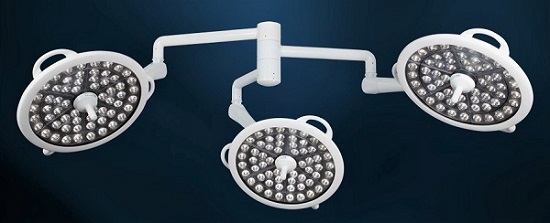
11. Power Backups
A loss of power during a surgical procedure is a tremendous challenge for your surgical team, eliminating their light source, potentially cutting off anesthesia drugs, and making it impossible to monitor patient vital signs, just to name a few repercussions. No matter what happens with weather conditions, construction around your facility or other developments that affect the transmission of power, you'll want to make sure you have a backup source stocked and ready. Many suppliers can help you identify appropriate battery backup units to make sure your operating room always has the power it needs.
Additionally, you can purchase a surgical light that comes with a battery backup. The Medical Illumination MI-1000 LED surgical light is a widely used led surgical light that is available with a battery backup.
12. Surgical HD Cameras
High-Definition cameras are becoming more and more important for surgical procedures. For many laparoscopic procedures, especially, cameras serve as the surgeon's "eyes"– and some clinical studies even indicate that the ability and quality of the camera used in a robotic surgery often is a major indicator of how successful the procedure will be. The better the surgical HD cameras you can provide, the safer laparoscopic and robot-aided procedures your team can perform, which leads to better outcomes for your patients. Some multi-arm surgical lights are available for multiple surgical lights and/or a combination of lights and HD cameras and monitors. The Medical Illumination System Two LED Surgical Lights are example of a surgical light with HD camera and monitor options.
While the list above covers the basics of outfitting your operating room, you may also want to consider digital integration systems, which give your team a central control point for all the various moving pieces within the surgical space. Many surgeons appreciate the ability of digital integration systems to allow them to transmit images, many times to multiple displays and/or HD monitors, along with streamlining image management. Today's digital integration systems are often intuitive and user-friendly so that the team can manage image sources and data with ease.
Many digital systems are also outfitted with surgical HD cameras that capture deluxe images. They can be positioned in a variety of ways and allow your team to conduct live broadcasts, record images and more, capturing high-quality images that can be routed to multiple systems and HD monitors.

Essential Supplies for Your Surgical Facility
Durable and high quality surgical and medical supplies are vital to the success of your team, along with the safety and best outcomes of your patients. You should take the time to consult with your team and solicit their research and feedback about their desired medical equipment pieces before you make your purchase.
Choosing the right equipment and supplies can and should be a methodical decision that includes all the appropriate due diligence on your part, and on the part of your team. After all, the surgical space demands rigorous standards of performance and quality. Whether your team is performing a minor medical procedure or a major surgery, both your patients and your surgical staff merit the most effective medical supplies and products in order to ensure the best possible patient outcomes and long-term care.
The right surgical supplies from surgical blades, surgical drapes, and surgical gloves can increase your team's efficiency and its performance within the operating room – better yet, they have the potential to improve your patients' comfort levels and improve their recovery during their post-acute care phase.
If you have any questions about the surgical supplies and accessories that are right for your team, or where to buy surgical supplies, you can trust the group at USA Medical and Surgical Supplies to guide you. As a surgical supply store, we have decades of experience researching and recommending surgical supplies and instruments, and we are experts on the surgical equipment market.
Please contact us if you have any questions about the right durable medical equipment or surgical supplies for your facility. Email us on our Contact form, or call toll-free: 888-632-2869.




